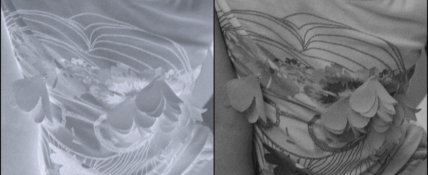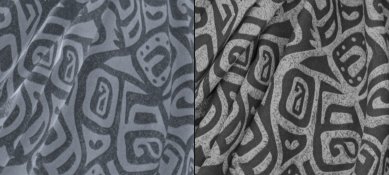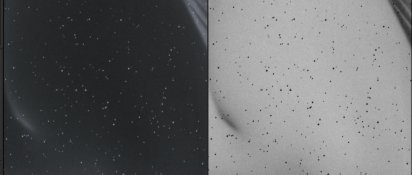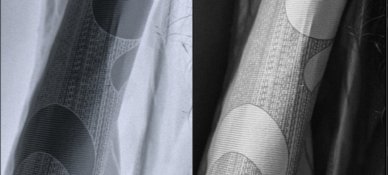Raghu Kuvempunagar
Member
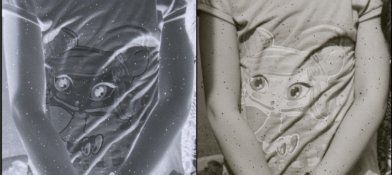
Please see the negative/scan above.
I'm getting many spots on the negatives (Orwo UN54) developed with home-mixed developer of late. I've been using this developer for some time and only in the recent times the spots have started appearing. I use RO water for preparing the developer concentrate as well as working solution. I stir well after adding the developer concentrate and carbonate solution to water and wait till all the air bubbles die out before pouring the working solution to the tank. I bang the tank hard several times after pouring in the working solution (and also after each round of agitation) to knock off airbells. I have tried presoak, filtering the developer concentrate, filtering the carbonate solution but the spots won't go. I get the spots with both citric acid stop bath and water stop bath. The scanner is fine and I've verified by scanning old negatives. AFIRC I started facing this problem after switching to a different brand of Sodium Carbonate Anhydrous but the producer is known for quality chemicals and claims that Carbonate is 99.9% pure.
Last edited:





